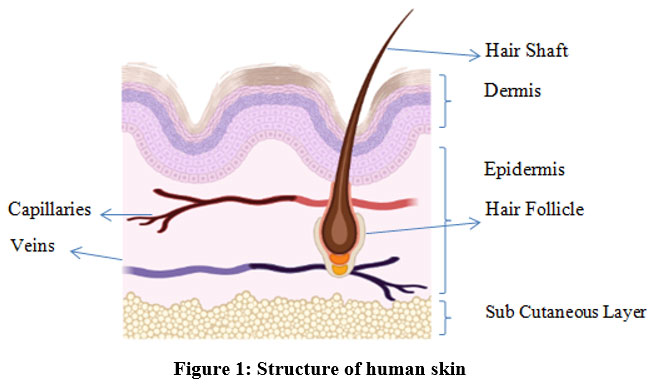Emulgel Approach to Formulation Development: A Review

Topical drug delivery is the delivery of drugs anywhere in the body through skin, vaginal, ophthalmic and rectal routes. Drugs may be given for localized or systemic effects. Topical formulations with varying physicochemical properties, such as solid, semisolid, or liquid, can be developed. The topical system is created by preparing a drug emulsion and incorporating it into an emulgel.
Emulgel is a thermodynamically stable formulation with low interfacial tension that is made by combining a surfactant and a co-surfactant and has several properties such as increased permeability and good thermodynamic stability. Emulgel has a dual control and a sustained release pattern. Emulgel improves bioavailability as well as patient compliance. The pH, viscosity, particle size, zeta potential, drug content, stability study, skin irritation test, and other properties of the prepared formulation are evaluated.
Introduction:
Topical drug delivery refers to the application of a drug-containing formulation to the skin to treat a cutaneous condition. This system is used when other routes of drug administration (such as oral, sublingual, rectal, and parental) fail, or when a local skin infection, such as a fungal infection, occurs 1. Topical drug administration is a common treatment method for both local and systemic conditions. In the topical delivery system, the drug is absorbed by the skin and reaches the site of action to provide a therapeutic effect. The rate of drug release from a topical preparation is dependent directly on the physiological features of the carrier 2.
The primary benefit of a topical delivery system is that it avoids the first-pass metabolism. The term microemulsion is based on particle size. Due to their smaller size, the drug particles can easily diffuse through the skin and reach their site of action. The gel will hold the microemulsion for a long time and will aid in the sustained release of the drug. Various fungal infections are growing nowadays which are a major problem for society. Fungal infections such as Tinea capitis, Tinea pedis and Tinea corporis infect the skin severely. A technique such as emulgel can aid in the easy penetration of the drug into the skin and provide a rapid onset of action.
Download the full article as a PDF here or read it here
Emulsifiers: To improve shelf-life stability, an emulsifier is used to increase the emulsification of the preparation. Examples of emulsifying agents are Tween 80, Span 80, Tween 20, stearic acid, etc 23.
Gelling agent: Gelling agents are used for preparing gels for any dosage form. It enhances the consistency of any formulation. Some examples of gelling agents are Carbopol 940, Carbopol 934, HPMC-2910, etc 24.
Article information: Patel B. M, Kuchekar A. B, Pawar S. R. Emulgel Approach to Formulation Development: A Review. Biosci Biotech Res Asia 2021;18(3).

